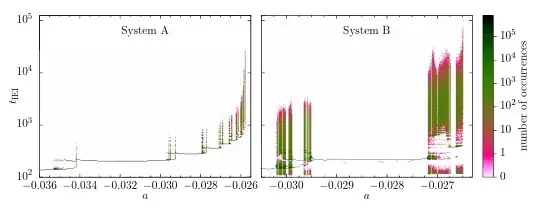Yes.
First of all, for continuous-time systems, you need at least the following ingredients for chaos:
These conditions already imply a certain complexity – but not all systems fulfilling them are chaotic. One reason for this is that you may have strongly coupled dimensions or weak non-linearities. Thus, if you increase the number of dimensions or strength of non-linearities, you increase your chances to find chaos.
Moreover, consider a complex system consisting of many coupled subsystems, with some only driving.
Here, it take only a single chaotic subsystem to render the entire dynamics chaotic.
This also holds empirically: Complex systems show larger chaotic bands, i.e., parameter regimes in which they are chaotic.
For example, consider the following figure from this paper (which I co-authored):

Systems B and A are coupled oscillator networks designed in the same way, except that System B has more components or dimensions, respectively.
Whenever you see a vertical band in the diagram, you have chaos for that value of the control parameter $a$.
As you can see, the chaotic regions are considerably larger for the more complex system.
No analytical solution
The solutions that are considered analytical are not chaotic.
So this a also requirement for chaos, if you so wish.
